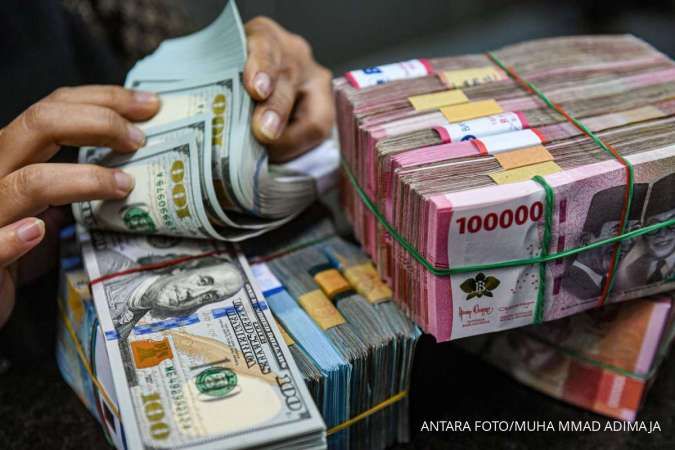GOLD - JAKARTA. Gold prices jumped on Friday as reports that Israel had attacked Iran prompted fears of a wider regional conflict, increasing bullion's safe-haven appeal.
Spot gold rose 0.4% at $2,388.32 per ounce, as of 0726 GMT, after briefly jumping as high as $2,417.59 earlier in the session. Prices hit an all-time high of $2,431.29 hit last week. Bullion was set for a fifth straight weekly rise.
U.S. gold futures rose 0.2% at $2,403.30.
The news of Israel's attacks on Iran today "is driving gold price attention on the Middle East which has been the sole thing keeping the gold price moving higher for weeks now. Market is now waiting for more information about the nature of the attack, and what the response would be," said Kyle Rodda, a financial market analyst at Capital.com.
"Gold is not a monetary policy trade at the moment, it's a geopolitics trade," Rodda said.
Read Also: Oil Surges as Reports of Israeli Strike on Iran Roil Markets
Israel launched an attack on Iranian soil on Friday, sources said, in the latest tit-for-tat exchange between the two countries that threatens to drag the region deeper into conflict. Iranian media reported explosions, but an Iranian official told Reuters those were caused by air defense system. State media said three drones over the central city of Isfahan had been shot down.
Eventually, even if geopolitical risks subside, "Chinese gold reserve accumulation acts as the major catalyst. That is a process that seems to have scope for continuity," Ilya Spivak, head of global macro at Tastylive said.
Meanwhile, Federal Reserve policymakers have gathered around the idea of keeping borrowing costs where they are until perhaps well into the year, given the slow and bumpy progress on inflation and a still-strong U.S. economy.
Higher interest rates increase the opportunity cost of holding non-yielding bullion.
Spot silver rose 0.8% to $28.45 per ounce, and was set for a weekly gain.
Spot platinum rose 1.2% at $945.80, and palladium gained 0.2% at $1,023.29. Both sister metals were headed for a weekly decline.
/2022/09/12/1983604255p.jpg)














